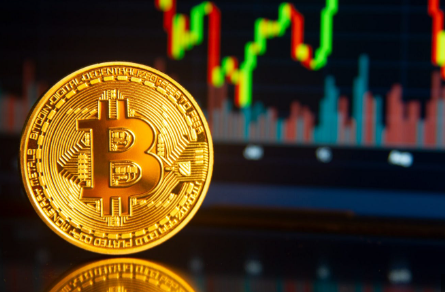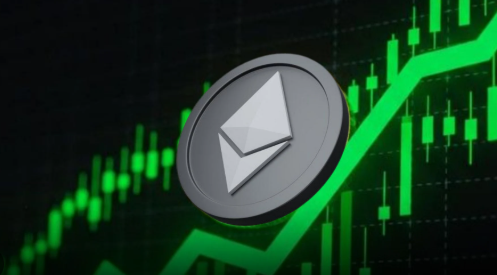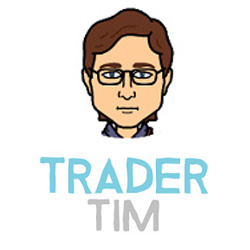Global banking giant Standard Chartered has made a bold forecast for XRP, suggesting the token could see a massive 500% price increase in the coming years. According to the bank’s analysis, XRP’s utility in cross-border payments and growing institutional interest could propel its market cap past that of Ethereum, positioning it as the world’s second-largest cryptocurrency after Bitcoin. This bullish outlook comes amid renewed optimism surrounding Ripple’s legal clarity and adoption potential in the global remittance space.

Standard Chartered Forecasts 500% Surge in XRP, Predicts It Will Overtake Ethereum by 2028
Standard Chartered has initiated formal coverage of XRP, highlighting its expanding role in global payments and tokenization as key drivers of a potential price rally. In a recent report, Geoffrey Kendrick, the bank’s global head of digital assets research, projected that XRP could rise approximately 500% to reach $12.50 by the end of 2028.
Kendrick also forecasted that by the same period, XRP’s market capitalization would likely surpass that of Ethereum, positioning it as the second-largest cryptocurrency behind Bitcoin, excluding stablecoins.
The report emphasized the impact of regulatory developments on XRP’s trajectory. Kendrick expects the U.S. Securities and Exchange Commission (SEC) to approve an XRP spot exchange-traded fund (ETF) by the third quarter of 2025, potentially attracting between $4 billion and $8 billion in capital inflows during its first year.
He attributed XRP’s growth potential to a confluence of factors, including regulatory clarity, increasing institutional participation, and broader real-world utility. Kendrick further referenced recent developments in Ripple’s ongoing legal case with the SEC, suggesting that the resolution of regulatory uncertainties—alongside political shifts—could further strengthen the asset’s long-term outlook.
Standard Chartered Highlights XRP’s Role in Tokenization and Predicts Strong Price Growth
Standard Chartered’s Global Head of Digital Assets Research emphasized XRP’s expanding utility, noting that the XRP Ledger (XRPL), originally built for payments, is evolving into a viable platform for asset tokenization. He compared its infrastructure to Stellar, which he identified as the second-largest player in the tokenization space.
The bank’s analysis forecasts a steady price increase for XRP over the coming years: reaching $5.50 by the end of 2025, climbing to $8.00 in 2026, and hitting $12.50 by 2028 — a level expected to hold through 2029. These projections are based on an anticipated $500,000 Bitcoin price by 2028, and they reflect XRP’s resilience even in a high-inflation scenario, with the asset projected to grow at 6% annually compared to Bitcoin’s 0.8%.
Despite challenges such as a relatively small developer community and a low-fee structure, the report suggests these are outweighed by regulatory progress, institutional adoption, and expanding use cases.
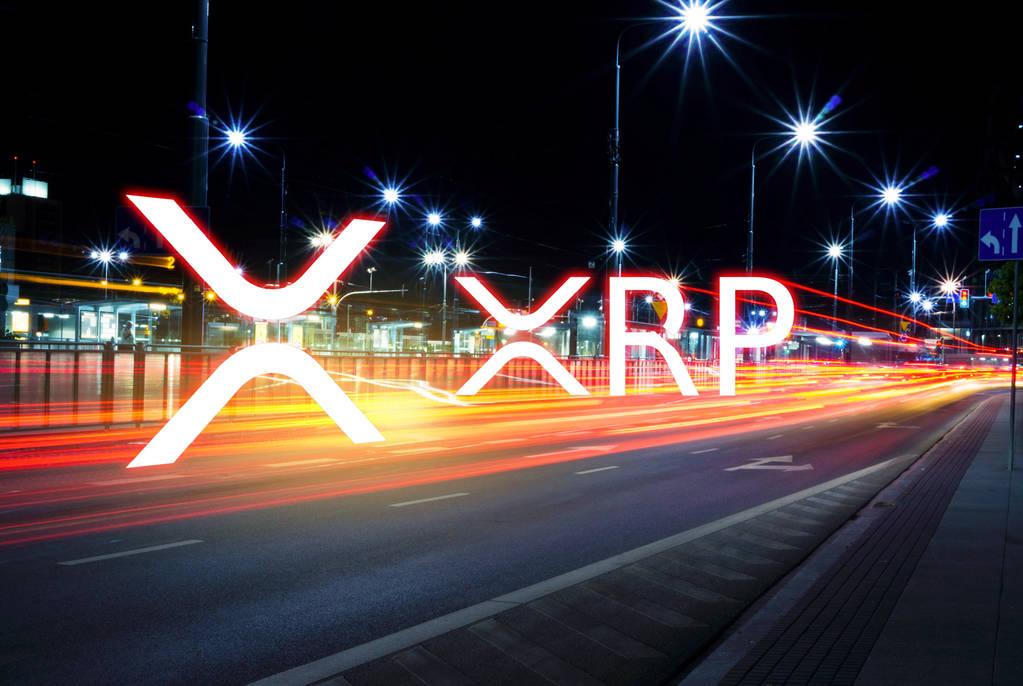
Source: create.vista.com
XRP is also gaining ground in the U.S. institutional market. A leveraged ETF linked to XRP futures recently launched on NYSE Arca, providing enhanced exposure without holding the asset directly. Coinbase has filed with the CFTC to introduce nano XRP futures, while Bitnomial Exchange has already rolled out physically settled contracts.
Ripple’s acquisition of prime brokerage platform Hidden Road for $1.25 billion marks a strategic move, enabling integration of the XRP Ledger into global institutional infrastructure and supporting cross-asset settlement. Ripple executives hailed the deal as a pivotal step, with CEO Brad Garlinghouse expressing optimism about XRP’s growing role in traditional finance.
In a related development, Ripple and the U.S. SEC jointly requested a pause in their ongoing legal battle to finalize a proposed $50 million settlement — a potential resolution to one of the most high-profile regulatory disputes in crypto history.
Learn from market wizards: Books to take your trading to the next level

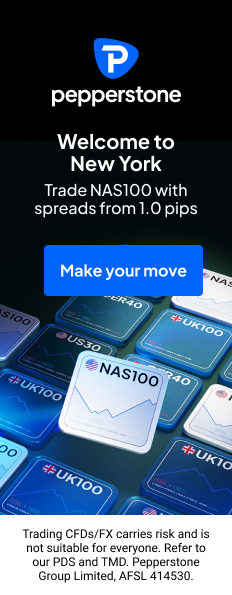
 Hot Features
Hot Features



